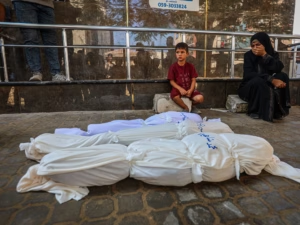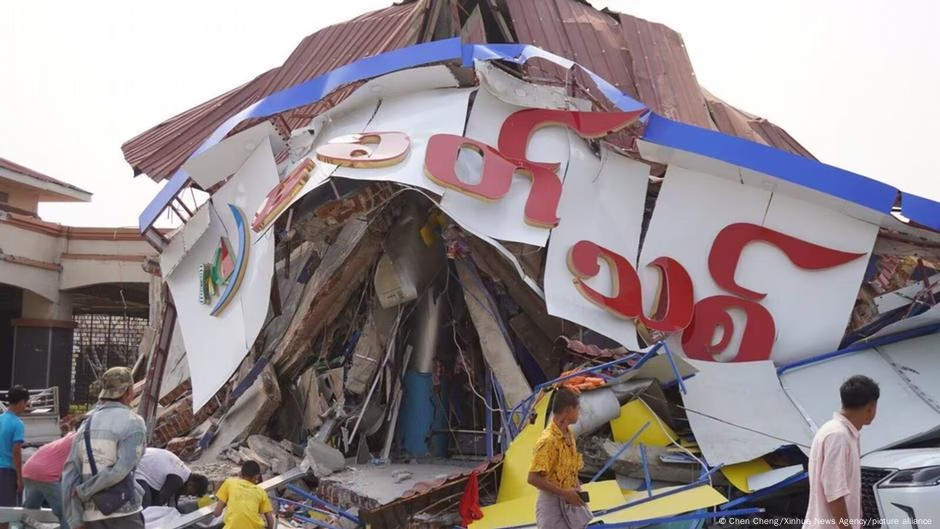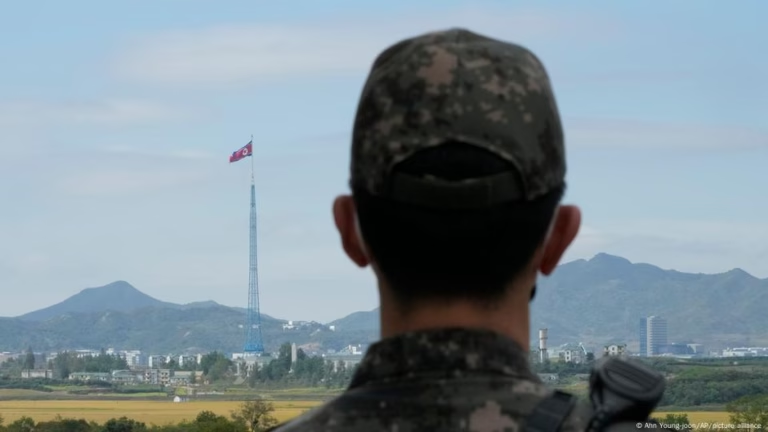March 29, 2025
How is Myanmar’s current dire humanitarian situation hindering rescue efforts?
Since then, the military has engaged in conflicts with established and pro-democracy militias.
Despite Friday’s devastating earthquakes, military forces reportedly continued their attacks, including in the severely affected Mandalay state, where Reuters interviewed residents who claimed no military aid had been received.
Dave Aubank, a humanitarian worker and founder of the Free Burma Rangers, informed The Associated Press that the military has largely destroyed the area he operates in, with the earthquake having minimal impact.
With much of the country not under government control, many areas are perilous or inaccessible for aid groups.
The conflict has displaced over 3 million people, with some 20 million in need, according to United Nations figures.
“The powerful earthquake hit the country at the worst possible time,” Reuters cited Sheela Matthew, deputy country director for the World Food Program, as saying. “Myanmar just can’t afford another disaster.”
The National Unity Government, overseeing some pro-democracy forces, announced that it will deploy anti-junta forces to aid relief efforts.
Human rights activists are concerned that even foreign aid might not reach those on the ground, as authorities have previously blocked relief to opposition-controlled regions.
“The junta’s response to Cyclone Mocha and Typhoon Yagi show its willingness to weaponize aid during natural disasters,” said UN special rapporteur on human rights in Myanmar, Thomas Andrews. He advised cooperation with the National Unity Government, ethnic organizations, and civil society groups to deliver aid effectively.







